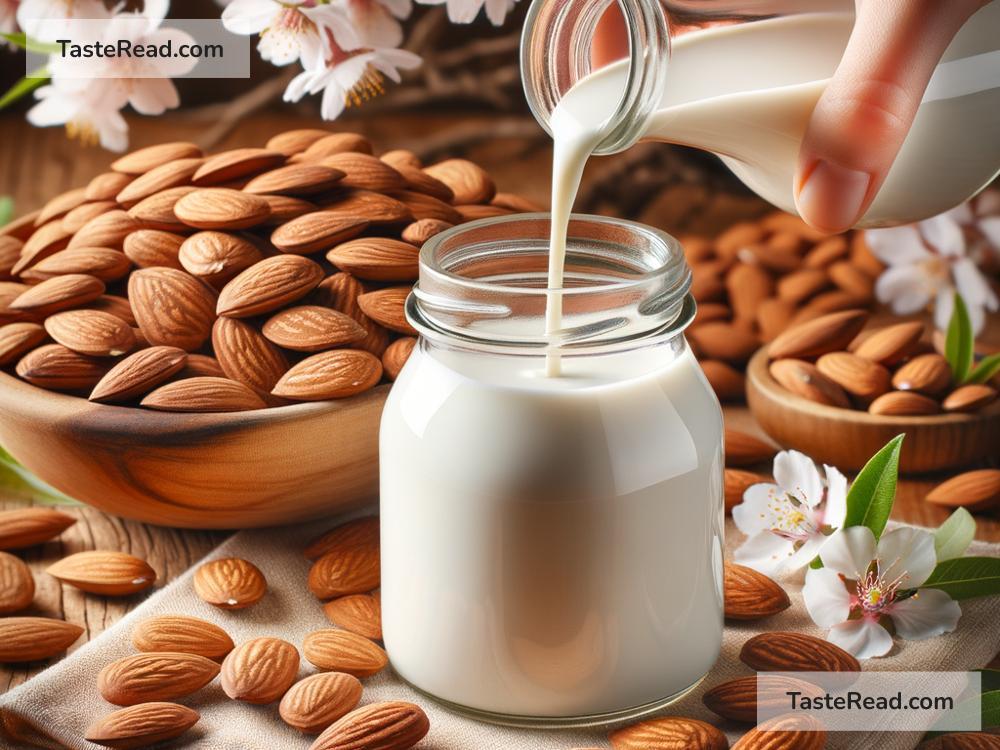Title: How to Source Renewable Almond Milk for Your Kitchen Creations
Are you a cooking enthusiast looking for a dairy-free milk alternative? Or maybe you’re just exploring healthier, eco-friendly options for your kitchen. Almond milk has risen in popularity not only because of its creamy texture and subtle nutty flavor but also due to its environmental benefits compared to traditional dairy milk. However, not all almond milk is created equal, especially when it comes to sustainability. If you’re interested in incorporating renewable almond milk into your recipes, this guide is for you. Let’s dive into how to source renewable almond milk for your culinary adventures, in a way that’s good for your taste buds and the planet.
Understanding Renewable Almond Milk
First, it’s crucial to understand what makes almond milk “renewable.” Renewable almond milk comes from almonds that are grown and processed in ways that minimize harm to the environment. This includes practices like using less water, avoiding harmful pesticides, and ensuring fair working conditions for those who grow and harvest the almonds. Renewable almond milk also typically comes in packaging that’s eco-friendly – think recyclable or compostable.
Why Choose Renewable Almond Milk?
Choosing renewable almond milk has several benefits. For starters, it’s better for the planet. Traditional almond farming can be water-intensive, but sustainable practices significantly reduce water usage. Plus, opting for products without harmful chemicals means healthier ecosystems and less pollution. Secondly, renewable almond milk often comes from smaller, ethical brands that ensure fair treatment and payment for workers. And lastly, who doesn’t love the idea of enjoying their favorite almond milk latte or smoothie knowing it’s sourced from a good place?
How to Source Renewable Almond Milk
-
Read Labels Carefully: Not all almond milk is made the same. When shopping, look for almond milk that boasts certifications like USDA Organic, Non-GMO Project Verified, or Fair Trade. These labels can give you peace of mind that the almonds were grown without harmful pesticides and that the farmers were treated fairly.
-
Research Brands: Before adding to your shopping cart, take a moment to research the brand. Many companies share their sustainability practices online. Look for information about how they source almonds, their focus on water conservation, and any eco-friendly packaging initiatives.
-
Look for Local: Sometimes, the most renewable option might be right in your community. Small, local producers often adhere to sustainable practices because of their closer ties to the land they farm. Plus, purchasing locally can reduce carbon emissions associated with transporting goods long distances.
-
DIY Almond Milk: If you’re up for a little adventure in the kitchen, making your almond milk is an excellent way to control its sustainability. Buy bulk almonds from a trusted, organic source, and use minimal water in your preparation. Not only is homemade almond milk delicious and fresh, but you can also compost the leftover almond pulp or use it in other recipes!
-
Environmental Packaging: Choose brands that use renewable or recyclable packaging. Some companies are now using plant-based plastics or glass bottles, which have a much lower impact on the environment than traditional plastic containers.
Tips for Incorporating Renewable Almond Milk in Recipes
- Understand the Flavor: Almond milk has a distinct, nutty taste that can enhance many dishes, but it might slightly alter the flavor profile of your recipes. It’s perfectly suited for smoothies, oatmeal, or baking treats.
- Consistency Matters: Almond milk is generally thinner than dairy milk. If your recipe needs a thicker consistency, look for brands that offer barista or creamy versions of almond milk, or consider adding a thickening agent.
- Heat Sensitivity: Almond milk can separate when heated too much. To prevent this, heat it slowly and at a lower temperature, especially when using it in sauces or soups.
Sourcing renewable almond milk for your recipes is a great step towards more sustainable and healthy cooking. By choosing environmentally friendly almond milk, you’re not just treating yourself to a delicious, nutritious alternative to dairy milk; you’re also supporting farming practices that care for the earth. Whether you opt to buy from conscious brands, shop locally, or make your own, you’ll find that incorporating renewable almond milk into your culinary creations is both rewarding and straightforward. Happy cooking!


